Your cart is currently empty!
Consequences of Railway Operator Distraction
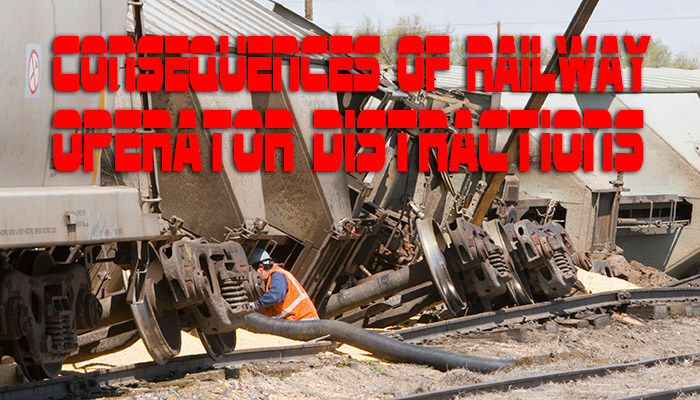
Cell phones, portable gaming systems, bluetooth earbuds, tablets and a host of other electronic devices are all designed to entertain us by distracting us from the mundane. These are effective when you’re waiting on a long line but catastrophic when your job holds many lives in the balance. The consequences of railway operator distraction are only increasing but what can we do about it?
On February 9th in 2016, two high speed passenger trains collided in Bad Aibling, a rural Bavarian resort town in southern Germany. A total of 12 people were killed and 85 injured in this preventable tragedy. A series of mistakes were made leading to the collision. Some were due to system malfunctions, some to human errors but all avoidable. After all factors were taken into account, it was revealed that a distracted signal controller (distracted by a portable video game) mistakenly gave two trains the go-ahead to use the same stretch of track. After realizing his mistake, he misdialed the emergency number. Meanwhile, the speeding trains were both on a blind curve so neither engineer saw it coming.
Cell phones are a fairly new source of distraction, but human error has been a major cause behind railway accidents almost from the beginning. The first head-on train collision that resulted in fatalities occurred in 1837 when a freight train carrying lumber struck a passenger train near Suffolk, Virginia. More recently, almost 30% of the derailments from 1995 to May 2015 were caused by human error.
The National Transportation Safety Board has been pushing for some form of automatic train control since 1970, but advancements have been sporadic and limited to individual companies. The 2008 Chatsworth train collision gave the effort a major boost and resulted in the passage of new legislation intended to reduce these terrible accidents.
The issue of operator distraction, spawning from a technological problem, begs for a technological solution.
On Oct. 1st, 2008, FRA issued EO 26 restricting use of cellular telephones & other electronic devices while on duty. Since 8-30-10, FRA inspectors discovered 249 instances in which the Order may have been violated.
- May 28th, 2002 – 2 BNS trains collided killing engineer with damages exceeding $8M. All 4 crewmembers had cell phones with 1 in use by engineer
- May 19th, 2004 – 2 BNSF freight trains collided killing 1 conductor & spilling 3000 gallons of diesel. Records reveal 22 personal calls made before accident
- Dec. 21st, 2005 – Kansas City Southern Railway Co. consultant killed by freight train while he was on his cell phone
- July 1st, 2006 – BNFS freight train collision due to engineer engaged in cell phone call while crossing tracks
- June 8th, 2008 – Union Pacific brakeman killed when talking on his phone
Legislation
The Rail Safety Improvement Act of 2008 contains many laws designed to increase safety such as limiting the number of hours employees can work each month. It defined PTC and established a 2015 deadline. In October of that year Congress extended the deadline to 2018, with certain provisions extended to 2020. We are quickly approaching that deadline with the following challenges still inadequately addressed:
Cost
The General Accountability Office estimated the cost of developing, testing and implementing PTC anywhere from $6.7 to $22.5 billion, with train operators bearing the brunt of the costs. Smaller rail lines simply cannot afford the costs.
Stopping Logistics
Stopping a train isn’t as simple as stopping a car. Many factors govern how quickly a train can stop, from the number of locomotives to the length of the train to the grade of the track. The configuration of a freight train is rarely consistent. They can change configurations as they travel, loading cargo and dropping and picking up cars and locomotives.
Track Surveying
Because the terrain has such a large impact on a train’s stopping distance and safety zone, approximately 60,000 miles of track must be geomapped. This includes features such as mileposts, tunnels, curves and grade crossings.
Number of Locomotives
There are more than 18,500 locomotives in service in the United States. The simple act of bringing in the train for service can cost thousands of dollars. The most cost-effective way of installing the equipment is to wait until the locomotive is scheduled for other services or maintenance.
Number of Switches
Because trains do not have steering, the route that a train takes is controlled by a switch that diverts it onto specific lengths of track. In remote areas switches may not have signals or power. There are approximately 2,100 switches in non-signaled areas and 14,500 locations that will need signal replacement or maintenance.
Wayside Interface Units
It’s impractical for all of these information sources to communicate directly with the central network, so the information must go to local Wayside Interface Units (WIUs). The WIU will transmit the information from trains, signal and switch locations wirelessly. The AAR estimates the system will need approximately 29,500 WIUs.
Wireless Communications Systems
The railroad industry has adopted the 220 MHz radio frequency for wireless communications, but there are no specific channels allocated for railroad use. Railroad companies must purchase licenses and compete for spectrum with other wireless technologies.
Software
The software that ties the entire system together is still under development. Existing back office and dispatching systems must be upgraded for the amount of data and precision that PTC requires. Testing software is also still under development.
PTC and Cell Phones
To those unfamiliar with driving a train, it would appear to be a simple task. After all, a train can only go forward, backward or stop. In reality, driving a train is a complex task that requires judgement, planning and attentiveness. The engineer must pay attention to a series of signals alongside the track telling them when to stop, when it is safe to proceed and at what speed. Missing these signals due to distraction or fatigue is a major cause of train accidents.
There is no reason to believe the findings of distracted driver studies…do not apply to drivers of other types of vehicles including trains.
Most railway companies have policies against using cell phones while operating a train, but long hours of monotonous driving make them a tempting distraction. While there are no specific studies on distracted train drivers, distracted driving in automobiles has become a major concern and according to the National Highway Traffic Safety Administration, claimed 3,179 and estimated 431,000 in 2014 due to distracted driving. There is no reason to believe the findings of distracted driver studies that test for reaction time, alertness and related factors do not apply to drivers of other types of vehicles including trains. Thus, it’s essential for railway companies to make cell phone detection a part of a comprehensive PTC solution.
Human error will always be a component in the use of any technology. That factor has been absorbed and accepted through centuries of humans using technology. However, the advent of smartphones and devices allowing instant communication over the Internet are a recent phenomenon in humankind’s relationship with technology and have increased accidents and fatalities across every transportation industry. Social campaigns and stricter laws can only do so much to prevent distracted drivers of cars so why should we feel any different about operators of trains, heavy machinery, ships or fleet vehicles?
The issue of operator distraction, spawning from a technological problem, begs for a technological solution.
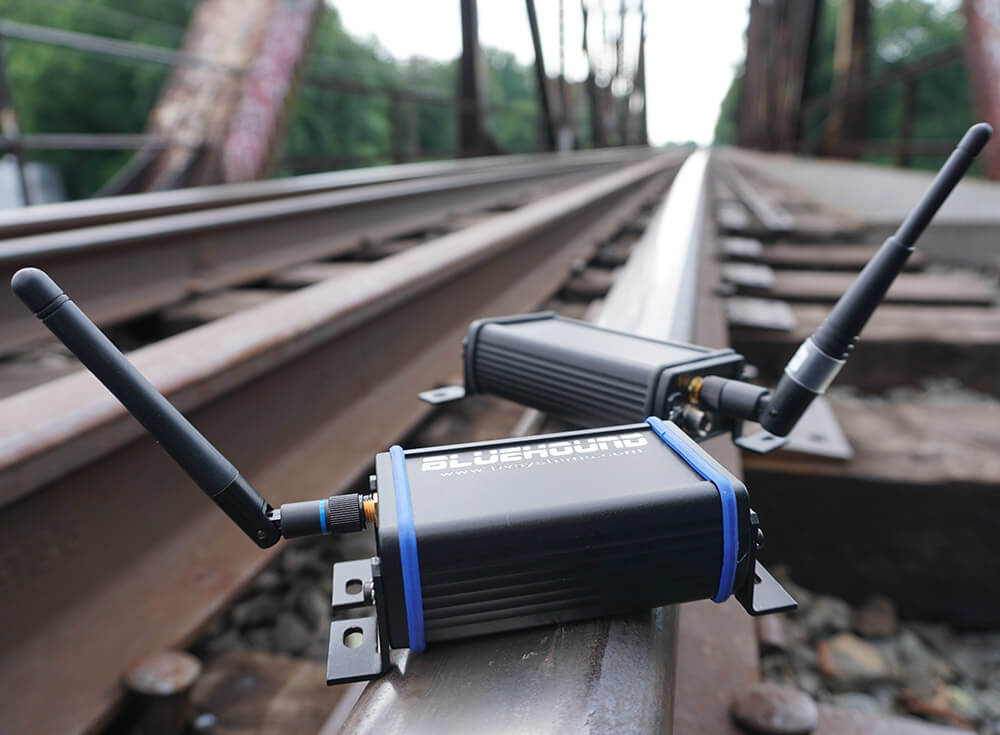
TransitHound and BlueHound
Cellular and bluetooth distractions continue to plague the railway and heavy machinery industries with injuries, casualties and massive property damage. Hardware solutions such as TransitHound™ cell phone detector and BlueHound™ bluetooth detector allow operators, fleet managers and administrators anywhere to monitor and log instances of unauthorized and distracting RF from wireless devices. Call Berkeley Varitronics Systems, Inc at 732-548-3737 or visit www.bvsystems.com
Visit BOOTH# 1943 for full product demos at the Railway Interchange 2017 show from September 17-20 in Indianapolis, IN.
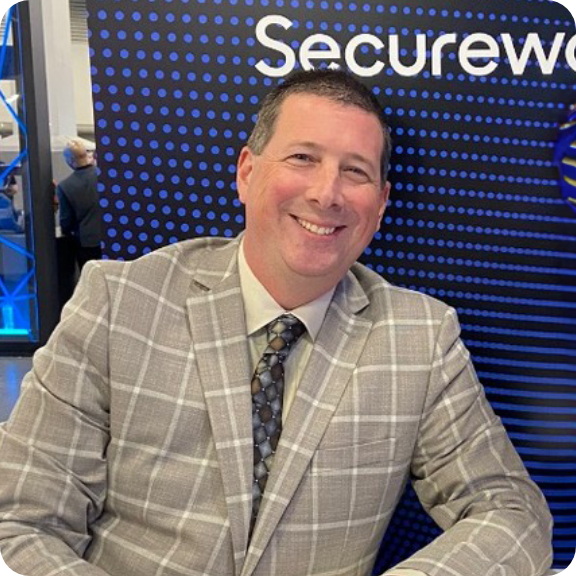
Scott Schober
CEO | Author | Speaker at Berkeley Varitronics Systems
Scott Schober presents at cybersecurity and wireless security conferences for banking, insurance, transportation, construction, telecommunications and law enforcement industries. He has overseen the development of dozens of wireless test, security, safety and cybersecurity products used to enforce a “no cell phone policy” in correctional, law enforcement, and secured government facilities. Scott regularly appears on network news programs including Fox, Bloomberg, Good Morning America, CNN, MSNBC, NPR and many more. He is the author of 'Senior Cyber', 'Cybersecurity is Everybody's Business' and 'Hacked Again', the “original hacker’s dictionary for small business owners” - Forbes Magazine.
Our Newsletter
Lorem ipsum dolor sit amet, consectetur adipiscing elit. Aliquam mattis ligula vitae leo scelerisque, sit amet feugiat ex venenatis.
"*" indicates required fields
Latest Posts
Our Best Sellers
How can we help?
Lorem ipsum dolor sit amet, consectetur adipiscing elit. Nunc dictum aliquet justo sit amet consectetur. In tempor lobortis ante vitae ornare. Praesent feugiat magna at tempor consequat. Aenean in iaculis libero, aliquam imperdiet mi.

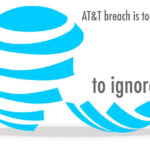

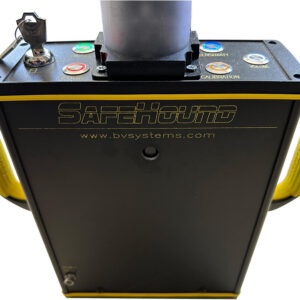
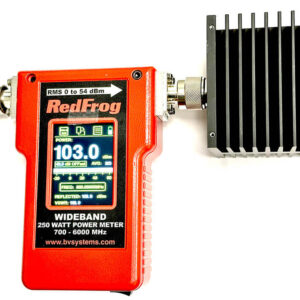

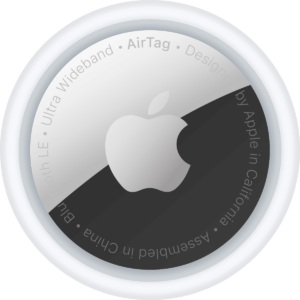
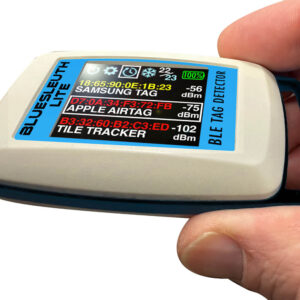
Leave a Reply